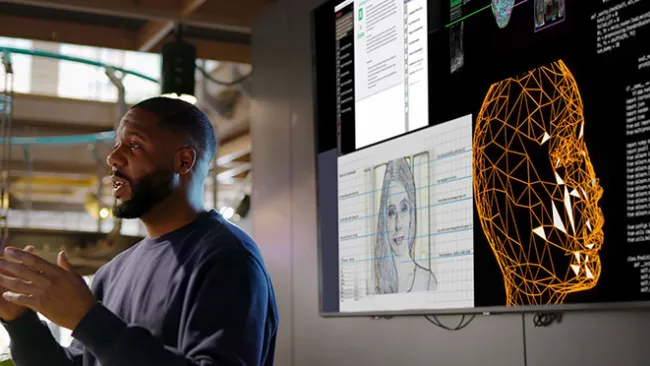Healthcare patients have come to expect the same digital tools used in the consumer world, from scheduling appointments to picking up prescriptions.
According to NTT Data Services research 59 percent of U.S. healthcare patients want their digital customer experience (DCX) to be like that of retail. This includes mobile interactions that are simple and quick to navigate with easy-to-locate features, such as finding medical history.
This means healthcare organizations need to make use of digital tools. Of the consumers interviewed, 81 percent saw the ability to easily search for a doctor or specialist as one of the biggest improvements needed. In addition, 80 percent of patients wanted simpler access to family health records and 79 percent wished it was easier to schedule and change appointments digitally.
“Consumers care most about quality, which includes both speed and accuracy,” says Kris Fitzgerald, vice president and chief technology officer of NTT DATA Services. “In other words, they don’t just want the answer quickly, they want to get the right answer quickly.”
Failure to comply with the rising standards in digital customer experience can be detrimental to practices. Half of the consumers interviewed stated that they would leave their current doctor if someone else offers a better digital experience.
One of the biggest factors that slowed down the progress of excellent DCX was technology. Poor digital interactions prevented patients from completing tasks, gave them useless options, and simply wasted their time.
A virtual savior
One solution is the use of automation in healthcare. This can handle the simple, fast, efficient interactions that patients desire. According to Fitzgerald, virtual associates in customer service can provide quick answers, 24/7 service, and do so with a good demeanor. In addition, they can free up the time for human associates to take up more complex tasks that need the in-depth thinking that bots can’t provide.
Yet even automation hosts its own problems in DCX. In another survey by NTT DATA, 94 percent of patients would talk to a human associate over a virtual one, and 66 percent of organizations realized that implanting automated services is harder than previously thought.
According to Fitzgerald, consumer frustration often stems from AI’s tendency to misunderstand requests, repeat information, and fail to transfer a live associate easily. One of the key takeaways of the survey was that businesses acknowledge that their customers see virtual associates as roadblock to reach a real person.
He pointed out four obstacles organizations face in customer service automation:
1. Data and intelligence: While it serves as the foundation for automation, outdated systems make connecting to virtual assistants both challenging and expensive. Forty-three percent of businesses said that data and intelligence is the biggest barrier to optimizing an automated service.
2. People: An automation initiative requires everyone to be on board, from executives to associates to the end customer. While 66 percent of companies agree that making this transition is more difficult than expected, 61 percent agree that it’s critical to their success. Providers and payers need to retain employees to take on higher level work as virtual assistants will increasingly handle simple requests.
3. The right ecosystem: Organizations need to understand their existing. This means knowing the full business impact of virtual assistants along with financial, customer experience, or scale implications. It’s critical to define the virtual assistant’s role in policies, principles, frameworks, and certifications for sustainability, as well.
4. Cost: Simply, the temptation to move toward automation should be prioritized with other investment requirements.
Hope for the future
NTT Data’s research found that there is a sect of consumers who have faith in automation, and it may grow. Out of the second survey’s participants, 23 percent are what they call “virtual Yay-Sayers” who want to use digital means to accomplish tasks. Out of these Yay-Sayers, 86 percent are comfortable with talking to virtual associates, and 76 percent of them will talk to virtual associates if it means quicker response times.
But Fitzgerald stresses that it’s all about installing good faith. In the healthcare industry this means everything, as patients and their family’s wellbeing may be compromised. “What we have found is that most ‘Yay-Sayers’- 62 percent- are not Millennials. That tells us that this is a mainstream trend that is no limited to a specific age group and is therefore likely to continue to grow in adoption.”
Furthermore, he believes that a lot of the negative connotation around AI will change as consumers continue to have good experiences with virtual assistants.
“The most important takeaway is that now is the time for businesses to get it right,” says Fitzgerald. “Automation will continue to grow, so businesses [and healthcare organizations] need to act now to listen to customers and define their automation plan in order to build trust in virtual associates.”
Research shows patients want a consumer-driven healthcare experience















